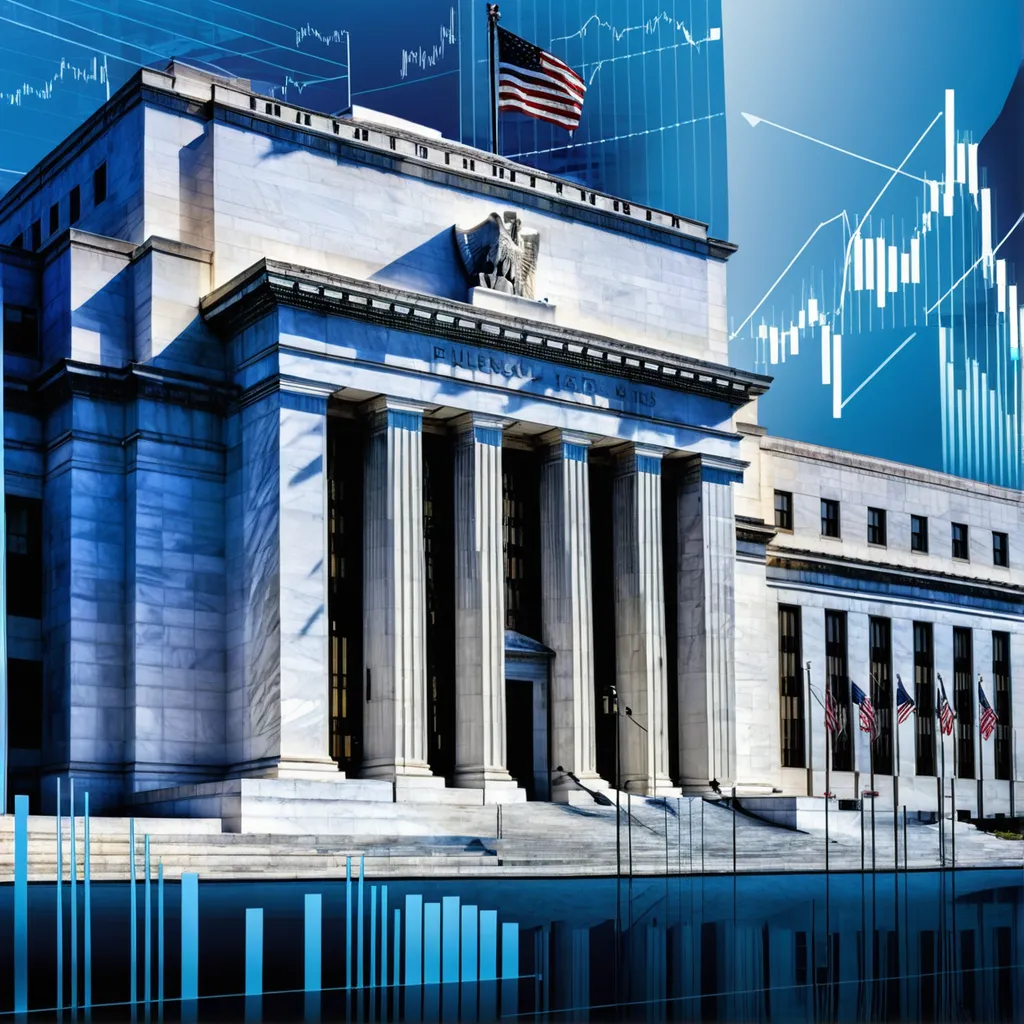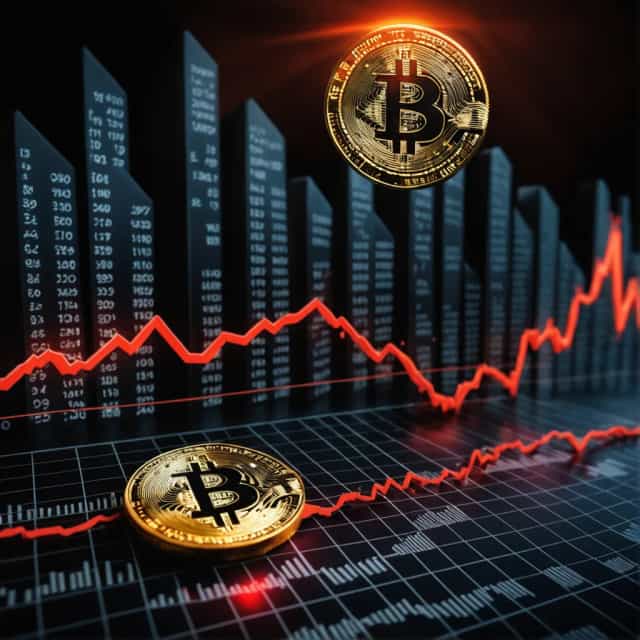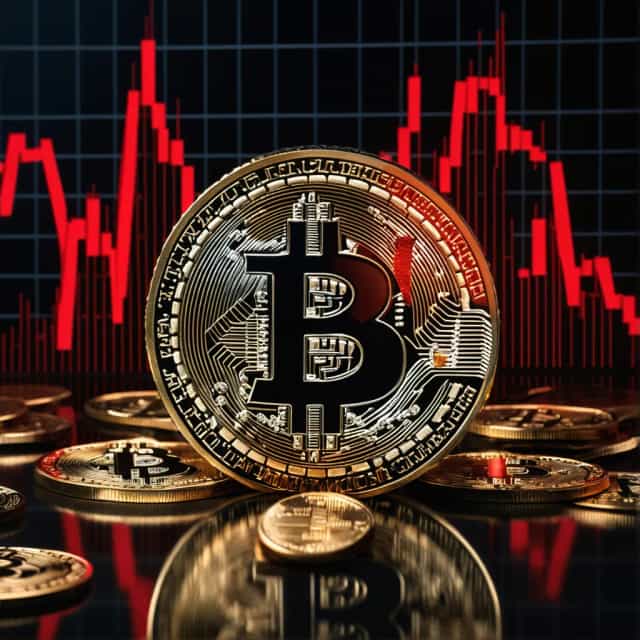Treasury Yields Fall as CPI Eases to 3.2%, Tariffs Add Pressure
Why are market bets on Fed rate cuts increasing?
How does decreasing CPI impact the bond market?
What role do tariffs play in current US economic conditions?

- July CPI data reveals divergent trends, easing headline inflation but decelerating core inflation.
- Markets widely anticipate a Federal Reserve rate hold in September, yet inflationary risks persist.
On August 13, 2025, U.S. Treasury yields declined after the U.S. Bureau of Labor Statistics released July Consumer Price Index (CPI) data. According to Fox Business, the headline CPI increased 3.2% year-over-year, slightly below market expectations of 3.3%. In contrast, core CPI, which excludes food and energy prices, rose 4.7%, marking its slowest year-over-year increase since October 2021. This divergence adds complexity to the Federal Reserve’s monetary policy decisions.
The softer headline CPI suggests easing inflationary pressures and aligns with signs of a cooling labor market. On August 12, Fox Business reported that this deceleration in overall inflation has strengthened market expectations for an imminent Federal Reserve rate cut. Reinforcing this sentiment, as of August 13, CME’s FedWatch Tool indicated a 88.5% probability that the Fed will hold rates steady in its September meeting.
However, the slowdown in core CPI underscores persistent inflationary risks. Economists partly attribute this slowdown to the decline in used car prices. Ryan Sweet, a chief U.S. economist at Oxford Economics, told Politico that the decline in used car prices contributed to the slowdown in core inflation. This dynamic complicates the Fed’s position, as rate cuts aimed at addressing economic slowing could further entrench higher inflation.
Markets responded to the inflation data with a dovish tilt, particularly in the bond market. On August 13, Mitrade reported that the 10-year Treasury yield dropped to 4.08%, while the 2-year yield fell to 4.8%, moves that reflect expectations of easier monetary policy. Meanwhile, equities advanced and gold prices increased as investors repositioned ahead of potential rate changes.
Political commentary has also intensified following the inflation release. On August 13, The Guardian reported that the White House assessed the data as proof that President Biden’s economic policies (Bidenomics) are working. Its remarks amplify pressure on the Fed to prioritize economic growth over maintaining price stability.
Looking ahead, the Federal Reserve will hold its annual Jackson Hole symposium from August 24-26, an event expected to offer crucial insights into its policy outlook. This year’s theme is "Structural Shifts in the Global Economy". Market participants will closely scrutinize Federal Reserve Chair Jerome Powell’s remarks for indications of how the central bank plans to balance inflation risks with labor market dynamics.
Get real-time crypto breaking news on Unblock Media Telegram! (Click)
Recommended News
U.S. Jobless Claims Fall to 214K, Consumer Confidence at 4-Year Low

Bitcoin Slides Below $88K as Traders Brace for Fed Cut

Toyota Sales Drop 1.9% in November as China Slumps

<Japan Signals Readiness for Currency Intervention After Yen Hits 11-Month Low>

Bitcoin Slips Below $90K as U.S. Jobs Data Sends Mixed Signals






